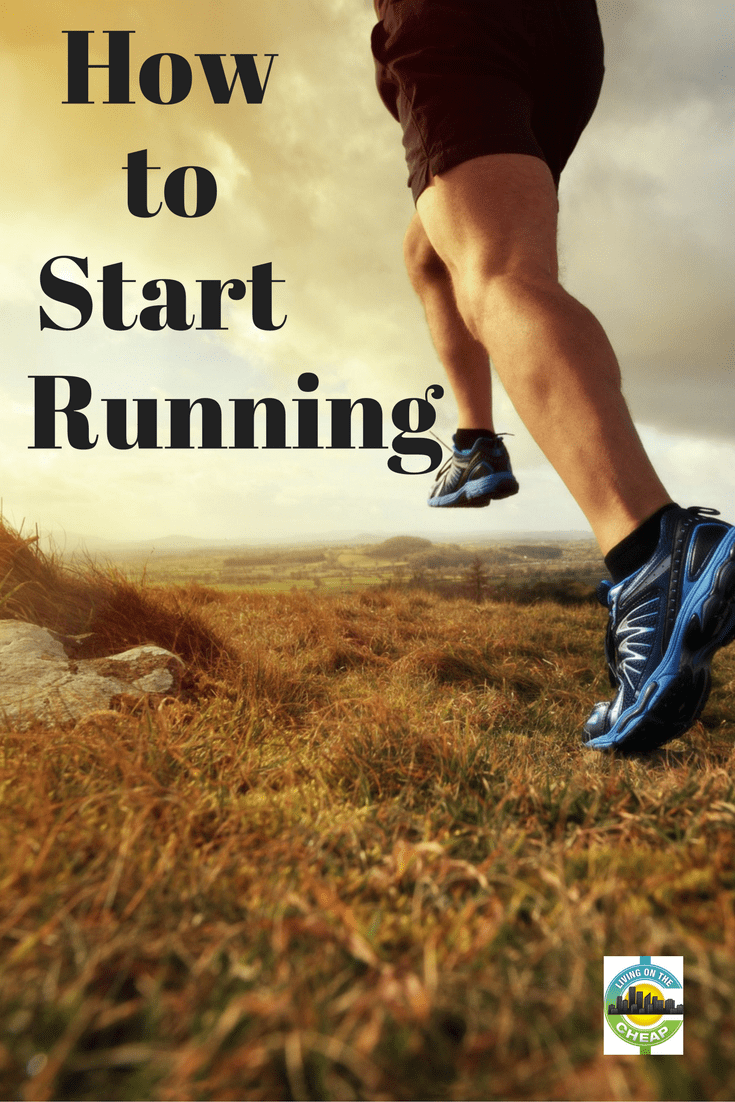As I write this, I’m nursing sore legs from a half-marathon that I completed two days ago. For most of my life, I’ve been possibly one of the least athletic people on earth and never considered running for fitness. But here I am, a runner with three half-marathons, numerous 5Ks and a 10K under my belt.
That’s the beauty of running: Just about anyone can do it, as long as they’ve got the will, and it’s one of the cheapest forms of exercise out there. If you’re ready to make the leap from couch potato to runner, follow this step-by-step guide to learn how to start running for fitness.
How to start running for fitness
Running is one of the simplest, most accessible ways to boost your fitness. Start slow, stay consistent, and let every step bring you closer to your goals.
1. Talk to your doctor
Even if you’re perfectly healthy, it’s always a good idea to consult your physician before beginning any exercise routine. If you have health conditions, your doctor can provide advice on ways to modify your workouts and make them safer for you.
After all, you don’t want to get hurt while running – an injury is a surefire way to stop your fitness level dead in its tracks. (Take my word on this: I got a stress fracture in my femur after trying to get a good time in a 5K. I won an award, but I was also laid up for about four months afterward.)
2. Get some shoes
Unless you’re planning to attempt barefoot running (which I don’t recommend for beginners), you’ll need a pair of supportive athletic shoes to help cushion the blows you’ll be dealing to your feet. Brands like Asics and New Balance are favorites of runners, but the cheaper $20 pairs from Target and Walmart should be OK too, especially if you’re only planning to run short distances (six miles or less at a time). The most important factor is whether they feel good on your feet, not how much they cost.
But don’t go so cheap that you buy a pair that’s not supportive and causes injury. An extra $20 in shoes is worth it to avoid a couple hundred in medical bills.
3. Set a training plan – but be flexible
The best way to achieve your running goal is to know how you’re going to get there. Even if you don’t plan to participate in races, Runner’s World has a training plan for absolute beginners that starts with short runs with walking breaks. Several free and low-cost smartphone apps are also available, or you can simply print out the plan and use a watch to time your walks and runs. Just remember that these schedules aren’t ironclad – if you feel like you need to repeat a week, that’s perfectly fine.
If you are really, really out of shape – like you can’t walk around the block without getting winded – then put off running for a while and start a walking program to build up your fitness level.
The Mayo Clinic has some helpful tips on walking for health; they’re useful even if you aren’t diabetic.
4. Expect setbacks
You’ll likely have setbacks as you get more miles under your belt. You might pull a muscle, or you might get busy at work and have no time to run for a solid week. These bumps in the road are discouraging, but they’re certainly not a reason to quit. When they happen, simply accept them and think of ways to avoid them in the future.
You may figure out that you need to do more stretching after your run, for example, or you might want to get up an hour earlier and complete your run before work.
5. Set realistic expectations
When I first started entering races, I was in awe of the people at the front of the start line, who would knock out five-minute miles and finish the 5K in about 15 minutes. By comparison, my 35-minute finish seemed positively glacial. And I felt bad. But I quickly came to realize that these speed demons are the exception, not the rule.
You may grow to be that fast one day with practice, but more than likely, you won’t. And there’s nothing wrong with that. After all, you started running to be fit and have fun, not to qualify for the Olympic trials – right?
Set realistic expectations and goals, and celebrate your wins rather than comparing yourself to other people. You’ll feel more encouraged to keep running when you can meet achievable milestones.
6. Continue to challenge yourself
Once you’ve completed your first 5K, you can continue to grow as a runner by training for a 10K, half-marathon or even a marathon. Expert runner Hal Higdon has excellent plans for races of every distance. They all include cross-training and rest days, making them perfect for beginners.
If you liked this article, you might also like:
- Free and cheap ways to exercise at home
- Gifts for fitness buffs
- Get a cheap gym membership
- Online resources for yoga classes to do at home
- Free apps to help improve your fitness
- How to find free fitness classes
- Cheap ways to get fit


